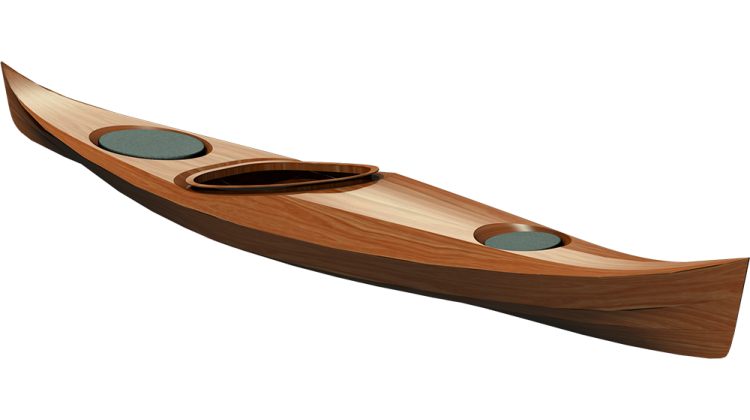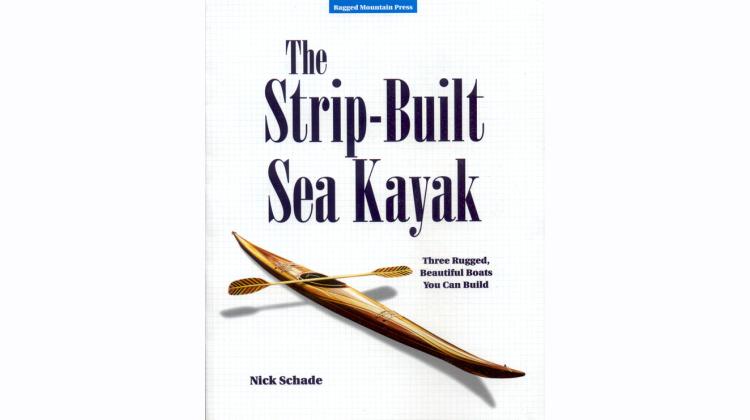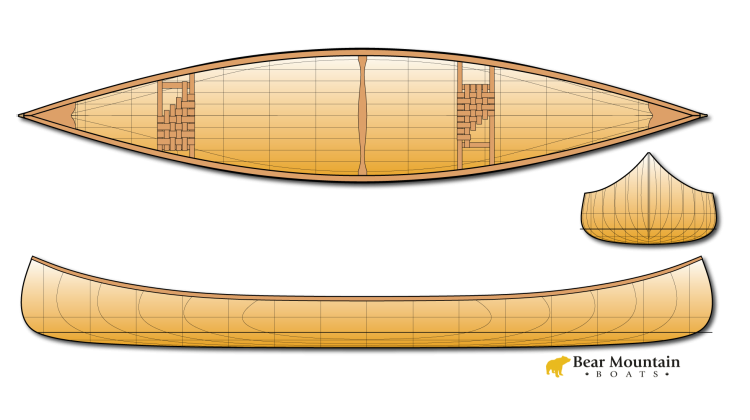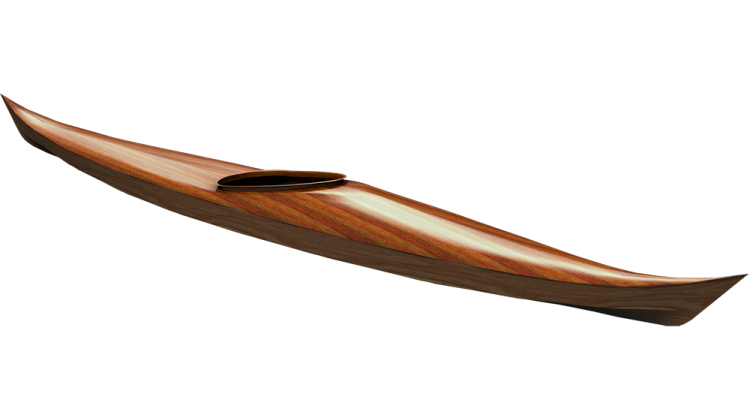For me cleaning up the inside of the boat is one of the least satisfying aspects of building the kayak. Everything is concave so most of tools have trouble working on the interior surface. On the outside you can use a tool with a straight/flat working face because that face will easily contact the surface to do its job. On a concave surface the ends of the tool keep the middle (where the blade is) from bearing against the surface to do its job.
This starts with cleaning up the shear line and getting rid of the ragged edge of fiberglass and epoxy drips. A block plane cuts the fiberglass and epoxy easily, but when you get to the ends of the hull on a boat like the Night Heron where the sheer sweeps upward the front and back of the plane serve to lift the blade up off the surface. You can overcome this proble by holding the plane at a distinct angle to the direction you are cutting but if the curvature is too much, even this doesn't work. I often end up using a rasp to clean up the sheer at the ends. This is a little rougher than a plane but continues to cut because of its narrower width and full width cutting surface.
For the body of the interior I have migrated more and more to modified paint scrapers. I've got several with different contours ground on the blades. I can usually find a part of a scraper that matches the shape of the boat I'm working on. Because the whole tool is cutting surface it doesn't suffer from the separation anxiety of a plane.
The trusty random orbital sander is still useful, but if there is too much curvature only the edges of the disk will contact the surface, potentially grinding horse shoe marks in the boat. A soft contour pad will help on gentle curves, but if you have sharp curves the results could be ugly.
On the Night Heron with its relatively sharp chines I spent a lot of time with a piece of sandpaper wrapped around a chunk of minicell foam. I am lazy and want to spend as little time sanding as I can get away with. One way to accelerate the process is to use coarse sandpaper, very coarse. I have and old sanding belt that is 36 grit. That does the trick quite effectively. Follow this up with 60 grit and the interior is in very good shape. The, shall we call it, "structured" surface creates a very good bond with the epoxy. If you sand out all the 36 grit scratches with the 60 grit going with the grain you should not see any scratches in the finished surface.






